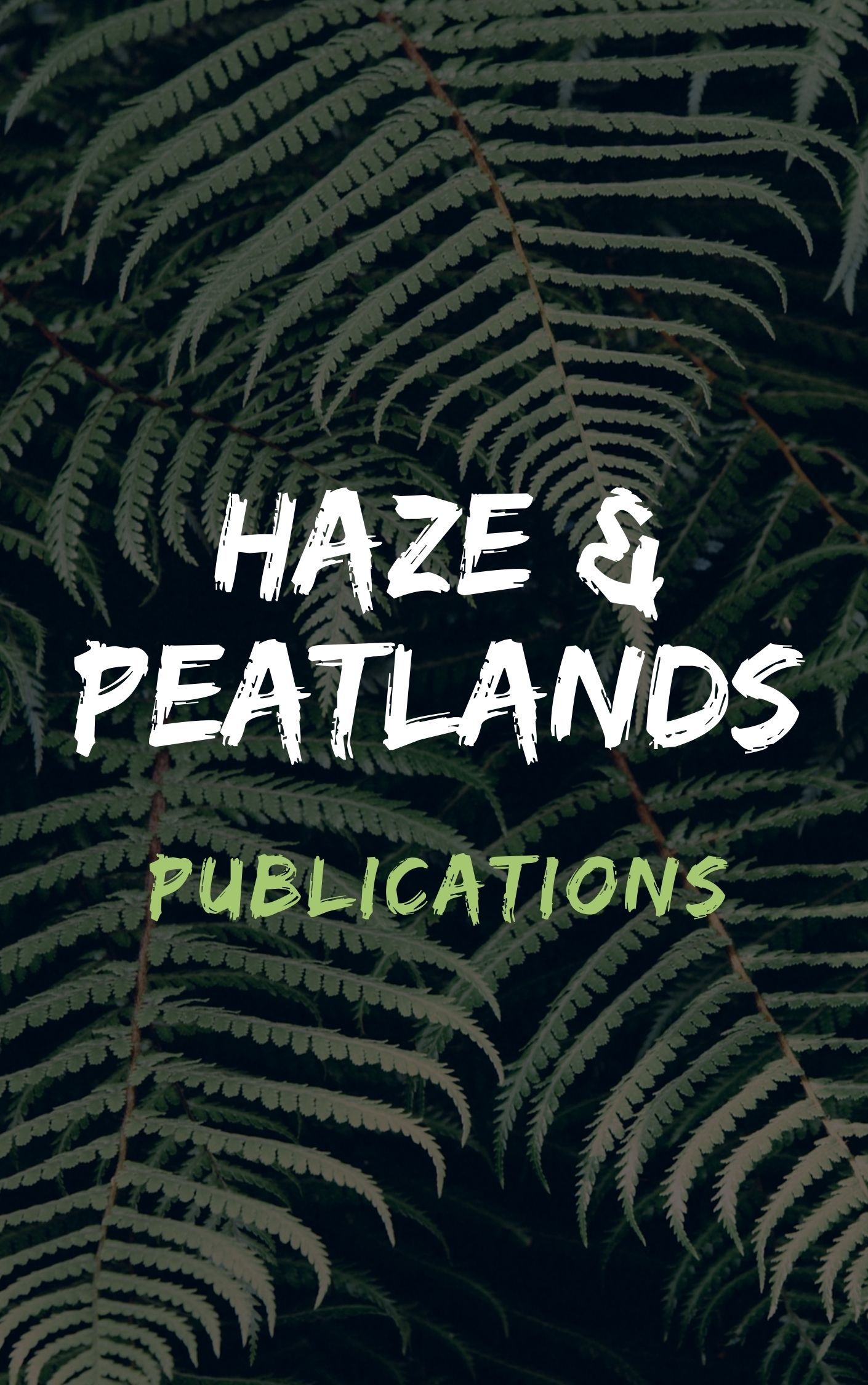The islands of Torres Strait occupy a shallow area of submerged continental shelf narrowly separating Cape York Peninsula, Australia, from New Guinea. The human history of Torres Strait is unique with respect to mainland northern Australia. Island vegetation, however, exhibits a strong affinity with the environments of the western lowlands regions of Cape York Peninsula and with the vegetation of seasonal tropical Australia in general. Cape York Peninsula is both climatically and biologically diverse, yet few pollen studies have been carried out in its seasonally tropical environments. A summary presentation of palynological results, tracing the nature of vegetation change in Torres Strait, offers a possible framework for vegetation changes in similar environments on mainland Australia and also provides an opportunity to explore the relationship between Quaternary change in humid-tropical Australian environments and their seasonal-tropical counterparts. Six pollen records from Torres Strait provide evidence of vegetation change and fire history over approximately the last 8000 years. Near-shore sediments reveal a Holocene succession in vegetation incorporating lower-tidal mangrove, upper-tidal mangrove, saltmarsh and freshwater swamp communities. Extensive stable mangrove communities dominated coastal Torres Strait between approximately 6000 and 3000 radiocarbon years before present (yr BP). Inland, the strongest Myrtaceae-forest and rainforest representation occurs around the mid-Holocene only to be replaced by open sclerophyll woodlands, as tree density and diversity decline in the last 3000 years. The development of continuous island freshwater swamp conditions, at the coast and inland, is similarly restricted to the late Holocene (c. 2600 yr BP) and fire, as a prominent feature in the Torres Strait environment, is also a relatively recent phenomenon. Comparisons with regional mainland Australian palynological records reveal a degree of consistency in results from Torres Strait suggesting a similarity in late Quaternary trends through Australian humid and seasonally tropical environments. A number of differences, however, are also apparent, highlighting a degree of diversity which warrants further attention. © 2007 Elsevier B.V. All rights reserved.
View source

